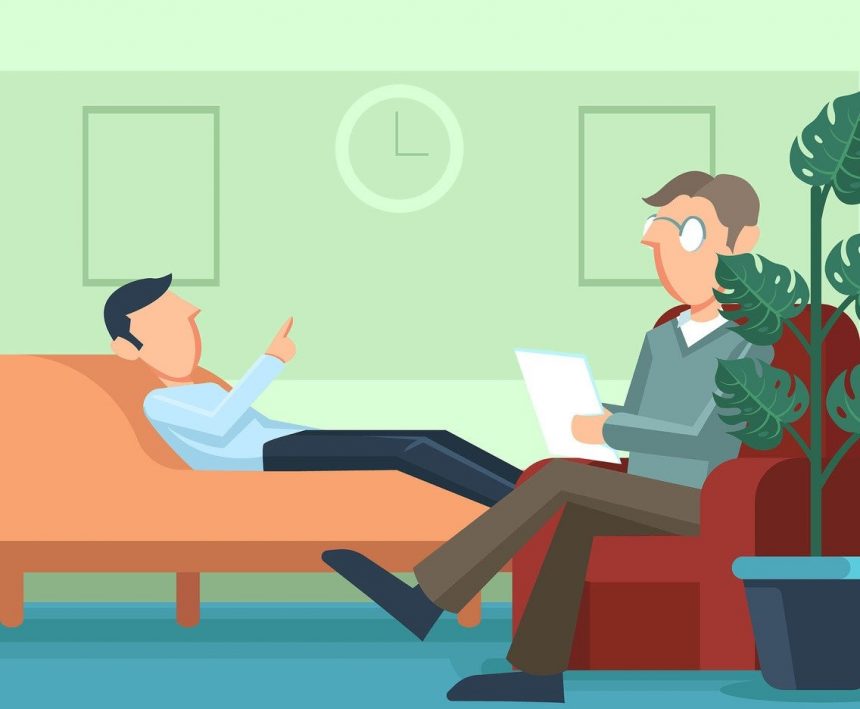By Alan Leavens PhD
After chatting with a number of people since my last article on Psychotherapy, there appears to be most interest in two major types of therapy: psychodynamic psychotherapy and cognitive behavioral therapy (CBT). The first represents relatively long-term, insight-oriented therapy focused on the individual’s understanding and awareness of how the past affects current behavior. The second is “talk” therapy that assists people in managing their problems by changing the way they think and behave.
The process of change involved in psychodynamic therapy typically lasts at least two years or longer. Brief psychodynamic therapy is more goal-oriented and can last from 25 to 50 sessions. The American Psychological Association recently published results of research showing that psychodynamic psychotherapy is effective for a wide range of mental health symptoms, and the benefits of the therapy continue long after therapy has ended. The number of therapists who practice this form of therapy is actually a fairly small percentage of practitioners. However, many, if not most therapists formulate patients’ issues using aspects of psychodynamic theories even when their techniques to effect change are very different.
Our adult behavior and emotions owe their origins to our childhood experiences and events. That is, the meaning of events to our unconscious minds plays a huge part in formulating our conscious minds. One of the strongest criticisms of psychodynamic therapy is placing too much emphasis on childhood. Many of our most memorable experiences occur not in our childhood, but as adults.
Cognitive behavioral therapy is relatively short-term and goal-oriented, taking between five to ten months for most problems. A basic tenet of CBT is that if we believe something to be true, then we behave in a manner that fits the belief. One of the ways that CBT works is to change one’s attitudes and behavior by focusing on the beliefs and viewpoints that make up an individual’s cognitive activities. This link between thoughts and feelings is vital to the theory, the emphasis is not so much on upsetting events but the meanings we give them. If something negative happens in the morning before we go to work, and we assume the day is going to be a total loss because of it, this may become a self-fulfilling prophecy. Thinking and behaving negatively in this example sets up a situation where our beliefs control our behavior. It is thought that similar to psychodynamic theory, these negative thinking patterns are developed in childhood and become somewhat rigid over time. These are called dysfunctional assumptions. CBT helps the individual understand this and correct these misinterpretations. A criticism of CBT is that it focuses too strongly on current issues and ignores, or places less emphasis on childhood issues.
There are at least fifty different types of psychotherapy. These are but a small sample of them and are among the most popular. I am reasonably sure that if you decide to go the psychotherapy route, you will find something that fits your needs.
Alan Leavens PhD, is a California licensed Clinical Psychologist, living and working in SMA. For questions or concerns that you wish him to address, please email: aleavens@drleavens.com

